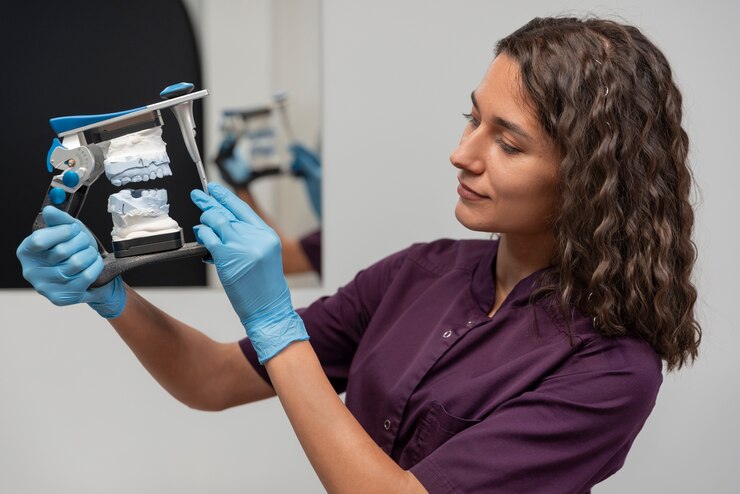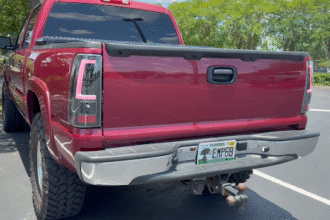When considering dental procedures, one of the common concerns patients have is the molar extraction cost. Whether it’s due to decay, crowding, or impacted wisdom teeth, having a molar removed is a decision often influenced by both necessity and budget. The cost of molar extraction can vary widely depending on several factors, including the complexity of the procedure, the type of tooth removed, and geographic location. This article will explore these aspects in detail to give you a clear understanding of what to expect.
What is a Molar Extraction?
Molar extraction is the removal of one of the large teeth at the back of your mouth, typically used for grinding food. This procedure is often performed due to issues like tooth decay, gum disease, overcrowding, or impacted wisdom teeth. A dentist or oral surgeon will assess your condition and determine the best course of action for your molar extraction.
What Determines the Cost of Molar Extraction?
1. Type of Extraction Required
The cost of molar extraction largely depends on whether the procedure is simple or surgical.
- Simple Molar Extraction: If the tooth is fully erupted and easily accessible, the procedure is relatively straightforward, requiring less time and fewer resources.
- Surgical Molar Extraction: Impacted teeth, especially wisdom teeth, often require surgical removal. This involves additional steps such as cutting into the gum tissue or even removing bone, which increases the overall cost.
2. Geographic Location
Dental care costs can vary significantly depending on where you live. Urban areas with higher living costs typically have more expensive dental services compared to rural or suburban locations.
3. Dentist vs. Oral Surgeon
The professional you choose for the procedure can also affect the price. While general dentists can perform simple extractions, more complicated cases requiring oral surgery are typically handled by specialists, who may charge higher rates.
What is Included in the Molar Extraction Cost?
When calculating the overall price of your molar extraction, it’s important to consider additional expenses beyond the basic procedure fee:
- Diagnostic Tests (e.g., X-rays): Necessary to evaluate the tooth and surrounding structures.
- Anesthesia/ Sedation: Local anesthesia may be included in the base cost, but if sedation is required, this adds to the expenses.
- Follow-Up Visits: Post-operative care and any complications can result in additional costs.
Average Cost Breakdown for Molar Extracts
To provide a general idea, here is a breakdown of the molar extraction cost:
- Simple Molar Extraction: $75 – $300 per tooth
- Surgical Molar Extraction (Non-Impacted): $200 – $700 per tooth
- Surgical Molar Extraction (Impacted): $300 – $1,000 per tooth
- Wisdom Tooth Extraction (Impacted): $225 – $1,100 per tooth
These figures can vary depending on the previously mentioned factors. For multiple extractions or more complex surgeries, these costs may escalate.
Are There Affordable Options for Molar Extraction?
Dental procedures can be expensive, but there are ways to make molar extractions more affordable:
- Insurance Coverage: Many dental insurance plans cover part of the cost for extractions, especially if deemed medically necessary. Check with your provider to understand what is included in your policy.
- Payment Plans: Many dental practices offer financing or installment options to ease the immediate financial burden.
- Discount Dental Plans: These are alternatives to insurance and can save patients a significant percentage on standard dental procedures.
Post-Extraction Costs to Consider
After your molar extraction, additional expenses may arise depending on your recovery and long-term dental health:
- Medications for pain relief and infection prevention.
- Socket Preservation if you’re considering future options like dental implants.
- Restorative Treatments such as bridges or implants to replace the missing tooth if needed.
Why Understanding Molar Extraction Costs is Important
Knowing the potential costs associated with molar extraction helps you plan and make informed decisions about your oral health. It encourages you to explore your options, understand the associated procedures, and prioritize both quality and affordability in your dental care.
Tips for Reducing the Cost of Molar Extraction
Here are some additional ways to lessen the financial burden of molar extraction:
- Research local dental schools, which often provide discounted rates for procedures performed by supervised student dentists.
- Compare costs among different clinics to find a provider that fits your budget while maintaining high-quality care.
- Address dental issues early to prevent the need for more complex and costly interventions later.
Final Thoughts
The molar extraction cost is an essential consideration for anyone undergoing this procedure, but it should not deter you from receiving necessary dental care. By understanding the factors that influence pricing, exploring affordable options, and prioritizing regular dental checkups, you can maintain your oral health without straining your finances. Always consult with your dentist or oral surgeon to receive a personalized cost estimate and ensure you’re making the best decision for your specific situation. A healthy smile is an investment worth making!

















